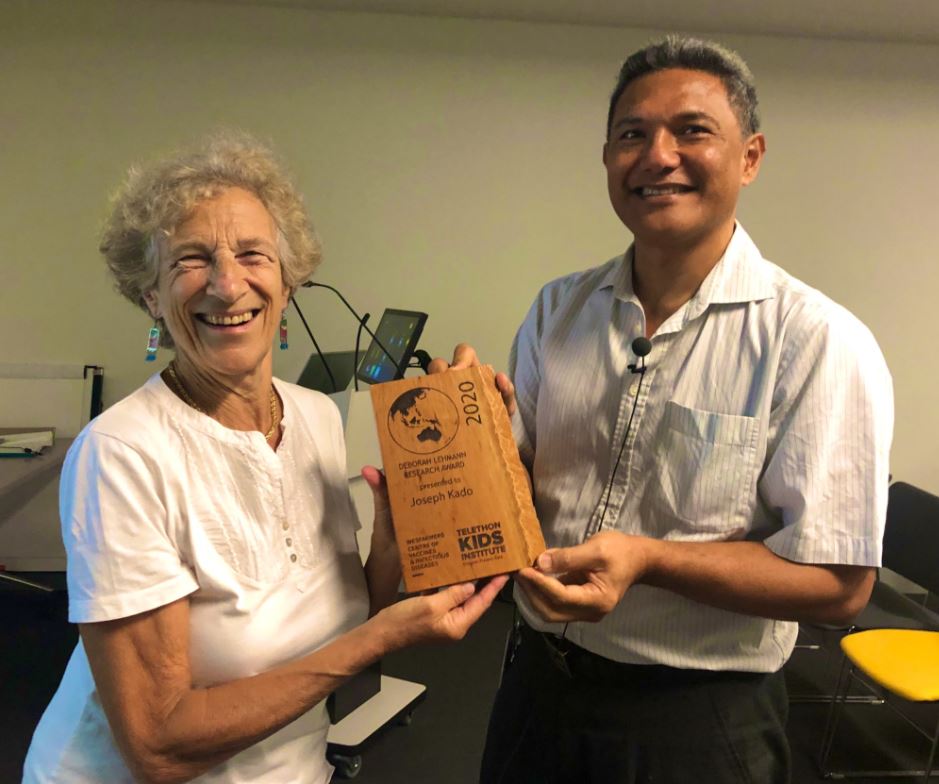Search
Studying Biology at single-cell resolution is set to revolutionize our understanding of human health and disease.
The Fraser Mustard Centre Adelaide is looking for a Senior Research Officer responsible for coordinating research on the Early Intervention Research Directorate
Lead and manage the Research Development team to plan, coordinate and evaluate the Institute’s research funding.
Work alongside the Vaccine Trials Group to deliver high quality research projects and provide clinical expertise in relation to clinical trials.
Seeking a highly motivated and skilled Research Assistant with experience in recombinant protein expression and purification
To coordinate and monitor clinical trial sites with the aim of meeting protocol and good clinical practice requirements.
The Children's Diabetes Centre is based at the Telethon Kids Institute and Princess Margaret Hospital (www.childrensdiabetescentre.org.au) and was

The Wesfarmers Centre has established the Deborah Lehmann Research Award to acknowledge the significant contribution that Clinical Associate Professor Deborah Lehmann AO has made to paediatric infectious disease research.

If you have a question related to The Kids Research Institute Australia, we'd love to hear from you. Reach out and contact us today.

